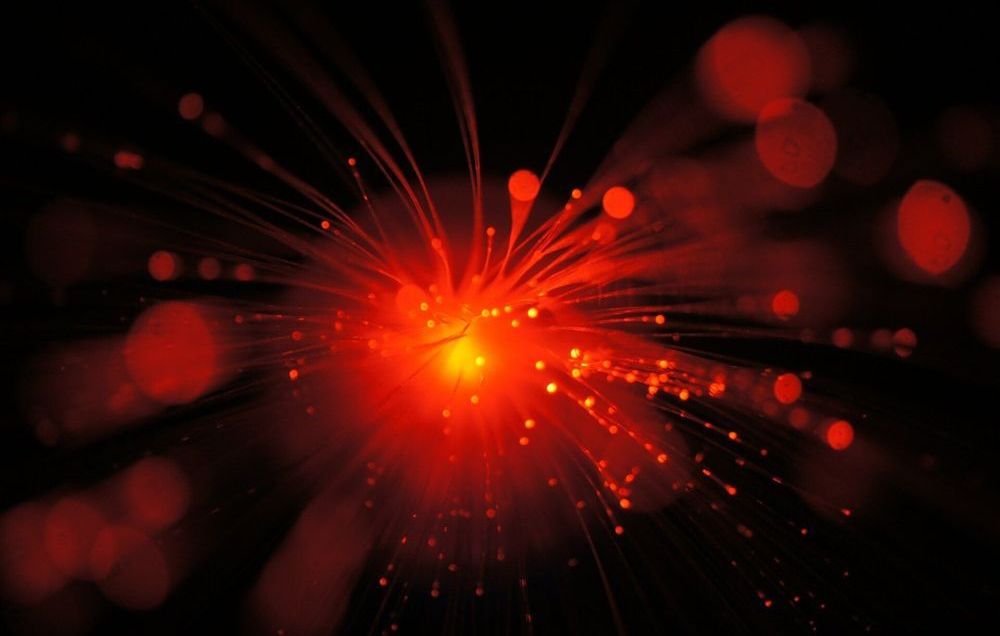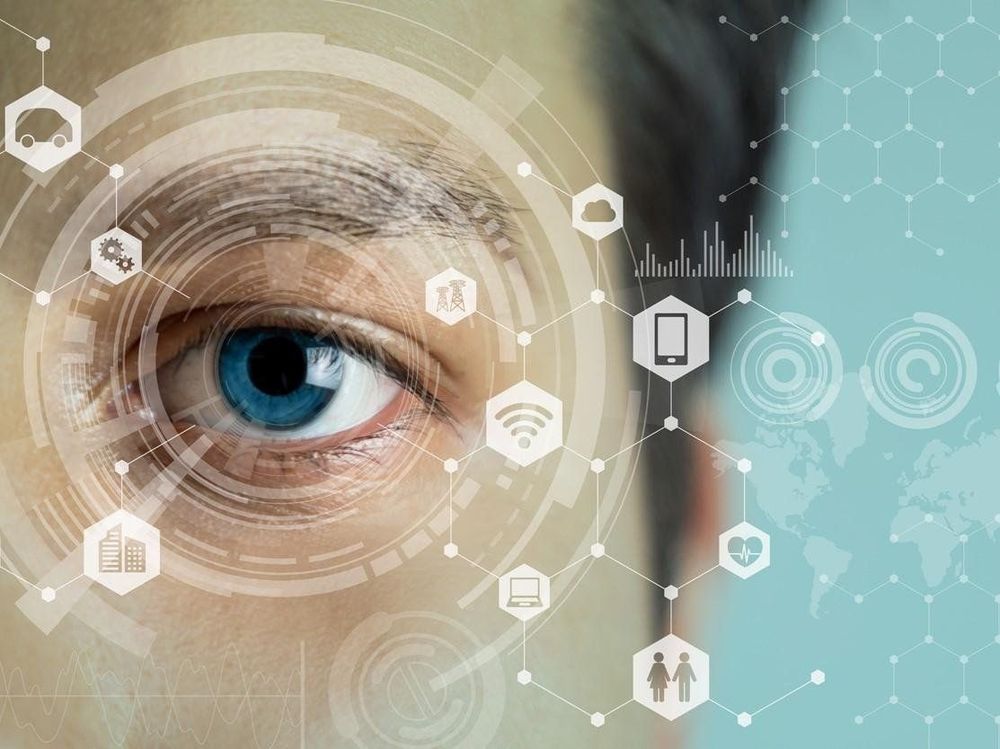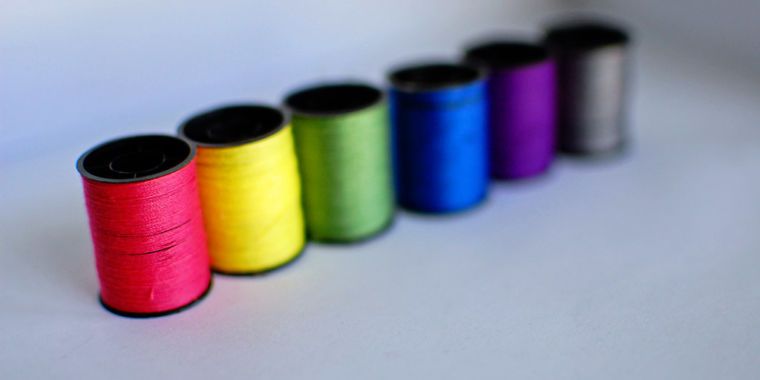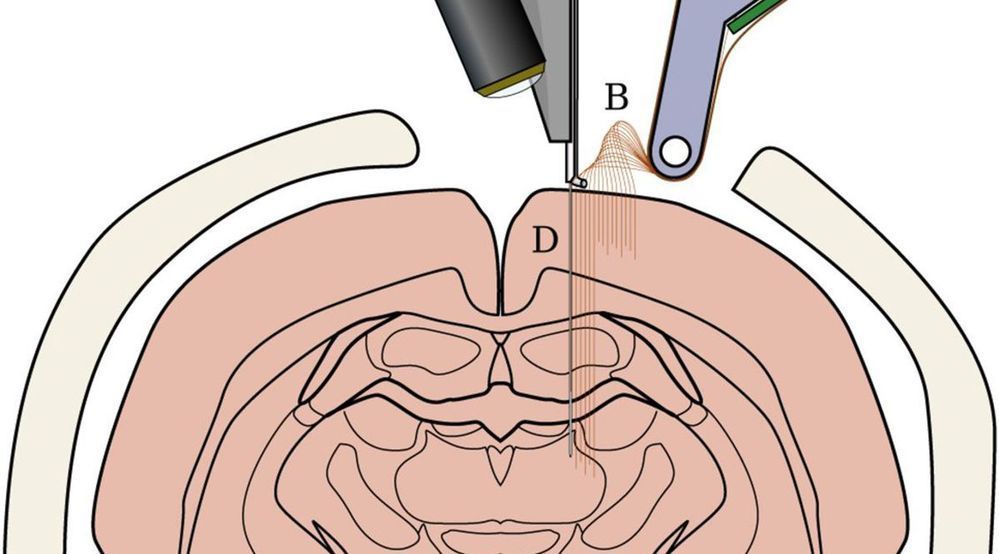Quantum computers can’t selectively forget information. A new algorithm for multiplication shows a way around that problem.



A team of researchers at NTT Corporation has developed a way to use light-based computer hardware that allows it to to compete with silicon. In their paper published in the journal Nature Photonics, the group describes their research, the devices they created and how well they worked.
Computer scientists have known for some time that the era of increasing computer speed by modifying silicon-based computer parts is coming to an end. To that end, many have turned to quantum computing as the way to speed up computers—but to date, such efforts have not led to useful machines and there is no guarantee they ever will. Because of that, others in the computer business are looking for other options, such as using light to move data around inside of computers instead of electrons. Currently, light is generally only used to carry data long distances. In this new effort, the researchers report that they have developed computing devices based partially on light that performed as well as electron-based hardware.
The idea of using only light as a data medium in computer hardware is still a long way off—instead, engineers are focusing on using light in areas where it seems feasible and electrons everywhere else. Because of that computer devices must be able to convert between the two mediums, a problem that until now has prevented such devices from being built. Prior efforts have required too much power to be feasible and the conversion process has been too slow. To get around both problems, the researchers developed a new kind of photonic crystal that was able to diffuse light in a way that allowed it to follow a designated path on demand and to also be absorbed when needed to be used for generating current. The crystal was also able to work in reverse.





A team of University of Otago/Dodd-Walls Centre scientists have created a novel device that could enable the next generation of faster, more energy efficient internet. Their breakthrough results have been published in the world’s premiere scientific journal Nature this morning.
The internet is one of the single biggest consumers of power in the world. With data capacity expected to double every year and the physical infrastructure used to encode and process data reaching its limits, there is huge pressure to find new solutions to increase the speed and capacity of the internet.
Principal Investigator Dr. Harald Schwefel and Dr. Madhuri Kumari’s research has found an answer. They have created a device called a microresonator optical frequency comb made out of a tiny disc of crystal. The device transforms a single colour of laser light into a rainbow of 160 different frequencies – each beam totally in sync with each other and perfectly stable. One such device could replace hundreds of power-consuming lasers currently used to encode and send data around the world.

So yes, Microsoft may (at long last) be redesigning Windows 10 updates in a more responsible manner. But allowing users to block dangerous updates is just one part of the solution. Not sending dangerous updates to users computers every few months seems equally important to me.
___
Follow Gordon on Twitter and Facebook.

On April 25, a SpaceX Falcon 9 rocket will launch cargo to the space station and two organs-on-a-chip experiments designed by University of Pennsylvania scientists. They want to understand why so many astronauts get infections while in space. NASA has reported that 15 of the 29 Apollo astronauts had bacterial or viral infections. Between 1989 and 1999, more than 26 space shuttle astronauts had infections.
Huh and his team have created two separate experiments for this first launch. The first essentially mimics an infection inside a human airway, to see what happens to the bacteria, and the surrounding cells, in orbit. Huh’s BIOLines lab created the actual chips.
A lung chip is made of a polymer, and a permeable membrane is the platform for the human cells. For the lung-on-a-chip, one side of the membrane is coated with lung cells, to process the air, and capillary cells on the other, to provide the blood flow. The membrane is stretched and released to provide the bellows-like effect of real lungs.